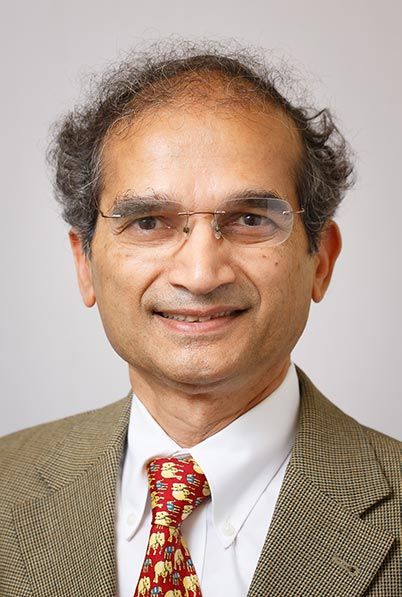Companies can identify societal needs and challenges but don’t often have the time and resources to address them. Academics have the technical expertise, but lack exposure to the end users of their innovations.
The upcoming Lehigh Materials Symposium, hosted by the Institute for Functional Materials and Devices (I-FMD), is designed to bridge this gap. The November 18-19 event, at Iacocca Hall on the Mountaintop Campus, will feature industry speakers, a poster session, and a tour of the university’s nanofabrication and materials characterization facilities.
Research leaders from organizations including Corning, Solvay, Exxon-Mobil, Special Metals, Vitro, and the U.S. Army are among the slate of 10 presenters. Rajesh Mehta, a program manager in the National Science Foundation’s Industrial Innovation and Partnerships Division, will discuss funding opportunities intended to catalyze industry-university partnership. The event’s format will allow ample time for discussion about materials research issues that the invited research leaders believe to be ripe for graduate student exploration.
Interested scientists and engineers from industry are invited, as are graduate students, postdocs, and faculty members. There is no fee to attend, but registration is required.
“It can be very difficult for industry and universities to talk to each other regularly,” says I-FMD Director Himanshu Jain, who is also Diamond Distinguished Chair and Professor of Materials Science and Engineering at Lehigh University and one of the organizers of the symposium. “If our students’ research is going to make an impact on society, it’s logical to involve industry colleagues and work on problems that interest them.”
Industry issues are actually consumer issues in disguise, says Jain, and academia can often find itself “one step removed” from the needs of the market.
“People use devices, not necessarily knowing the materials used to produce them,” he says. “So, especially for those of us conducting related research in materials science and engineering, there is often a disconnect from the ultimate users of our materials and technologies.”
The effort is very much in line with the university’s continual effort to foster industry partnerships, as well as its focus on promoting interdisciplinary research. Few products available today, says Jain, are the result of a single discipline.
“The iPhone is a classic example,” he says. “It contains a complex network of electronic circuitry, its cover is made of Gorilla glass, and its design must be such that it can survive being dropped. So electrical engineers, materials engineers, mechanical engineers, and others must work together to ensure that the various materials support the end user experience.
“That’s what it takes to make a successful consumer-facing product these days,” Jain continues. “Yet the current U.S. higher-education system still trains students in particular concentration areas. When a student leaves a university to embark upon a career in industry, they certainly won’t work in isolation—they will work collaboratively with others toward a common goal. They will encounter research projects that are inherently, intrinsically, interdisciplinary. We believe that strong industry engagement, and events like the symposium, are an important way for us to prepare our students for that reality.”
And, according to Jain, the benefits of such an event should cascade beyond the campus walls. “We expect that the companies will identify a broad range of research challenges that will require the expertise of many schools, not just Lehigh, so we are inviting our colleagues from the regional academic community to take part in these discussions, as well,” says Jain.


